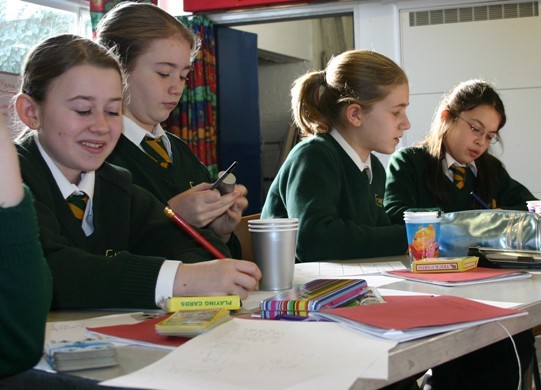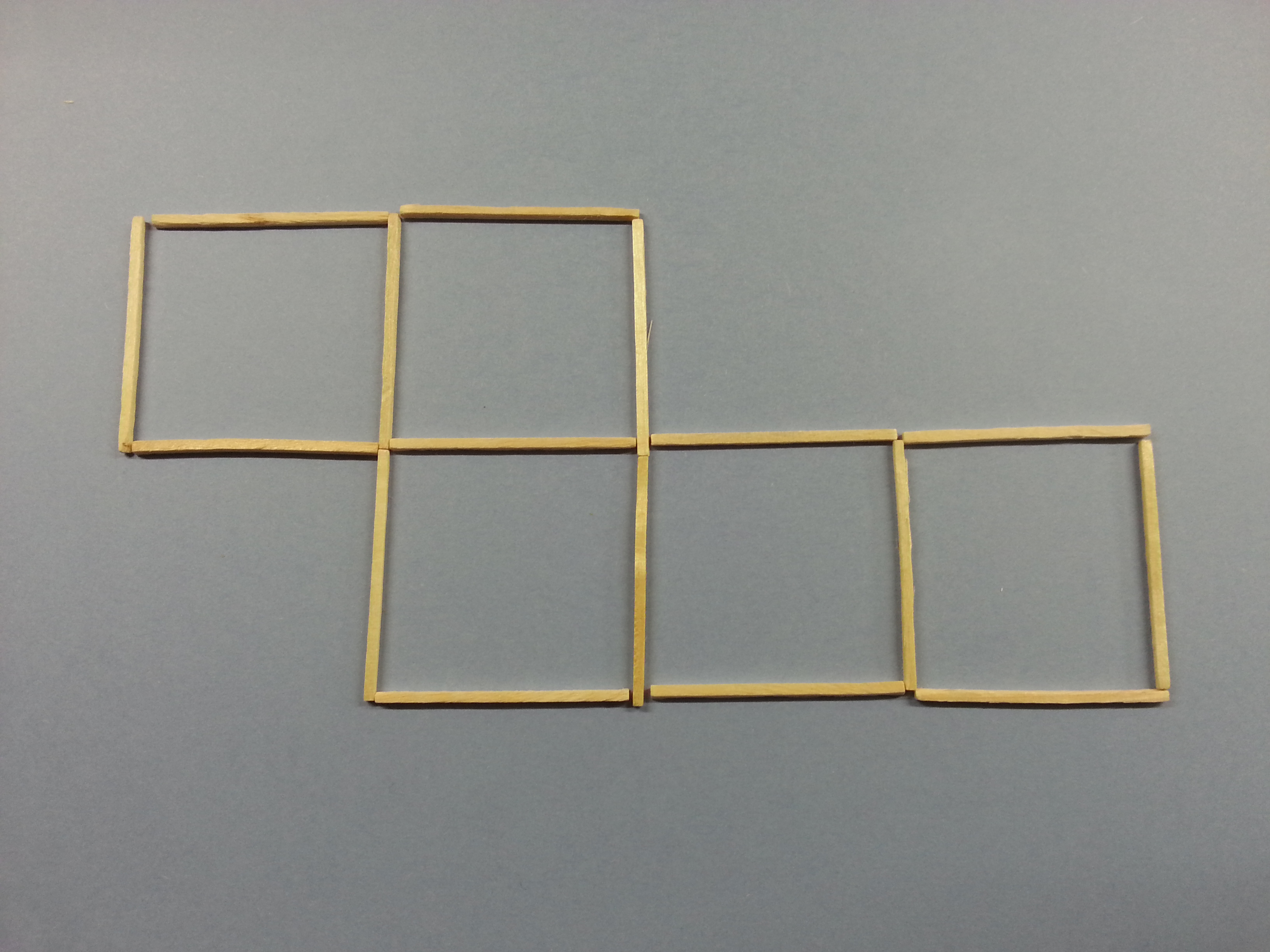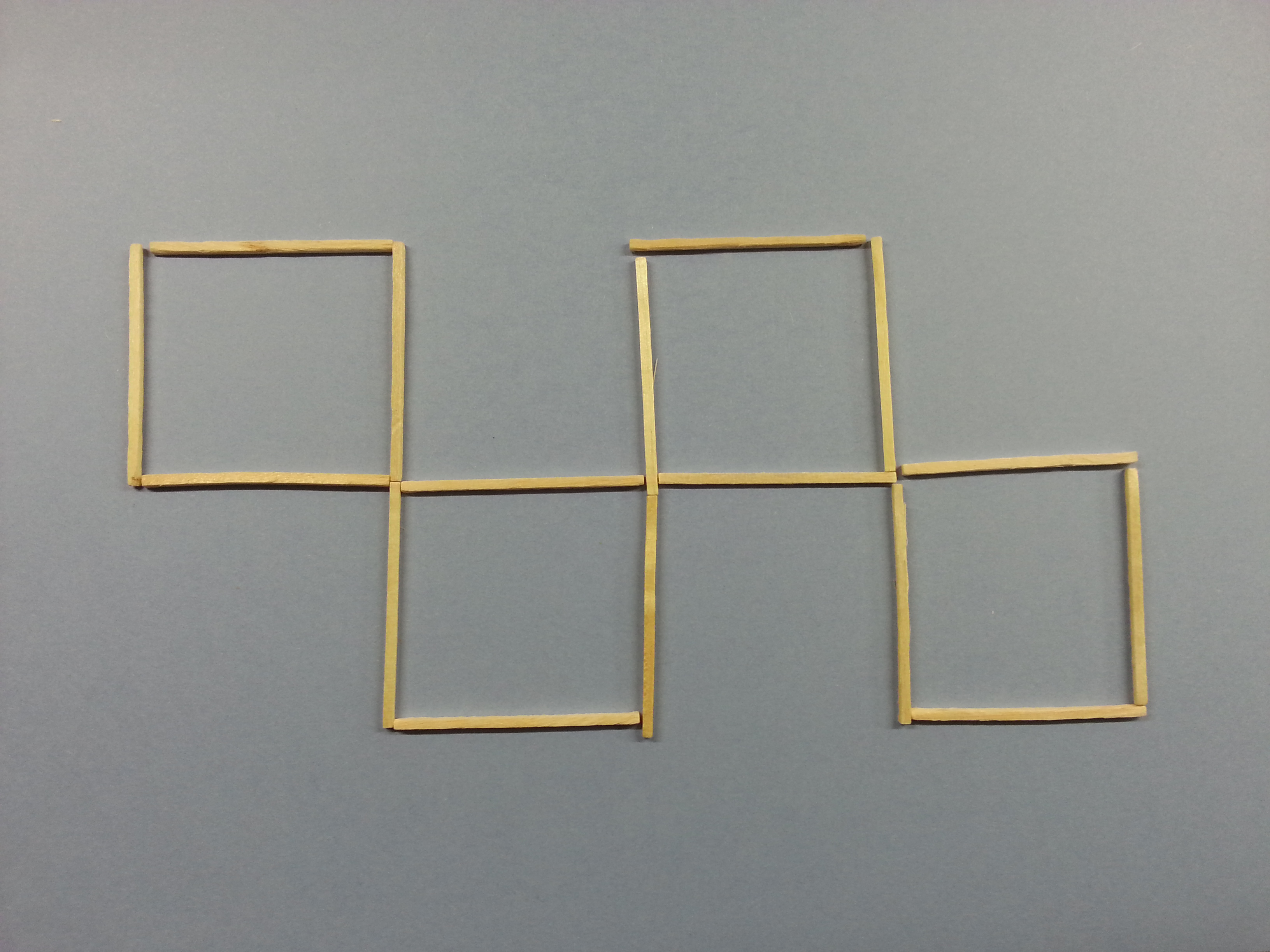Albert and the Lion
One of the best known seaside stories has to be Albert and the Lion. My father used to recite this to me as a child. He learnt it when he was a boy by listening to it on the radio ( before the days of television ).
The story is about the Ramsbottom family who go to Blackpool on holiday and pay a visit to the zoo. Whilst there Albert is fascinated by an old lion called Wallace and annoys him by prodding him with his “stick with the horses head handle”. The lion reacts by pulling Albert in the cage and swallowing him whole. Not satisfied with an apology from the zoo keeper the Ramsbottoms march off to the police station to see what can be done.
The poem was written by Marriott Edgar in 1932 and made famous by Stanley Holloway. Here are the words:
There’s a famous seaside place called Blackpool,

Blackpool promenade, Lancashire. (Photo credit: Wikipedia)
That’s noted for fresh air and fun,
And Mr and Mrs Ramsbottom
Went there with young Albert their son.
A grand little lad was young Albert,
All dressed in his best quite a swell
With his stick with an ‘orse’s ‘ead ‘andle
The finest that Woolworth’s could sell.
They didn’t think much of the Ocean:
The waves were all fiddlin’ and small,
There was no wrecks and nobody drownded,
In fact, nothing to laugh at at all.
So seeking for further amusement,
They paid and went into the zoo,
Where they’s Lions and Tigers and Camels,
And old ale and sandwiches too.
There was one great big lion called Wallace
His nose were all covered in scars –
He lay in a somnolent posture,
With the side of his face on the bars.
Now Albert had heard about lions,
How they was ferocious and wild –
To see Wallace lying so peaceful,
Well, it didn’t seem right to the child.
So straightway the brave little feller,
not showing a morsel of fear,
took his stick with his ‘orse’s ‘ead ‘andle
And pushed it in Wallace’s ear.
You could see that the lion didn’t like it,
For giving a kind of a roll,
He pulled Albert in the cage with ‘im,
And swallowed the little lad ‘ole.
The Pa, who had seen the occurrence,
And didn’t know what to do next,
Said ‘Mother! Yon Lion’s ‘et Albert’,
And Mother said “Well I am vexed!”
Then Mr and Mrs Ramsbottom –
Quite rightly, when all’s said and done –
Complained to the Animal Keeper,
That the Lion had eaten their son.
The keeper was quite nice about it,
He said “What a nasty mishap.
Are you sure it’s your boy he’s eaten?”
Pa said “Am I sure? There’s his cap!”
The manager had to be sent for.
He came and he said “What’s to do?”
Pa said “Yon Lion’s ‘et Albert,
And ‘im in his Sunday clothes too.”
Then Mother said , “Rights right young feller,
I think it’s a shame and a sin,
For a Lion to go and eat Albert,
And after we paid to come in.”
The manager wanted no trouble,
He took out his purse right away,
Saying “How much to settle the matter?”
And Pa said “What do you usually pay?”
But Mother had turned a bit awkward
When she thought where her Albert had gone,
She said “No! someone’s got to be summonsed”
So that was decided upon.
Then off they went to the Police Station,
In front of the Magistrate chap.
They told him what happened to Albert,
And proved it by showing his cap.
The Magistrate gave his opinion
That no one was really to blame
And he hoped the Ramsbottoms
Would have further sons to their name.
At that Mother got proper blazing,
‘And thank you sir, kindly, said she.
“What spend all our lives raising children
To feed ruddy Lions? Not me!”
Book a Seaside Day for your school. Ideal for KS1 but can be adapted for KS2.
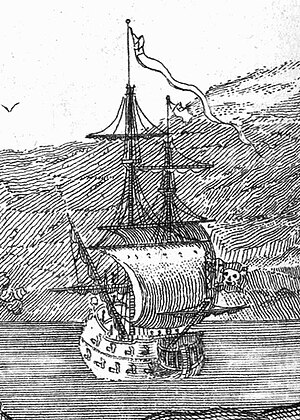

 Blackbeard artifacts move to Spencer
Blackbeard artifacts move to Spencer








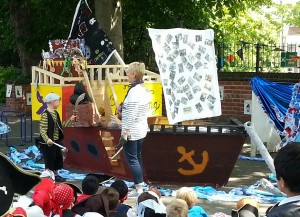






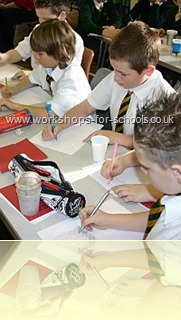








 How to convert Decimal to Octal (Base 10 to Base 8)
How to convert Decimal to Octal (Base 10 to Base 8)
 How to Convert Decimal to Hexadecimal (Base 8 to Base 16)
How to Convert Decimal to Hexadecimal (Base 8 to Base 16)
